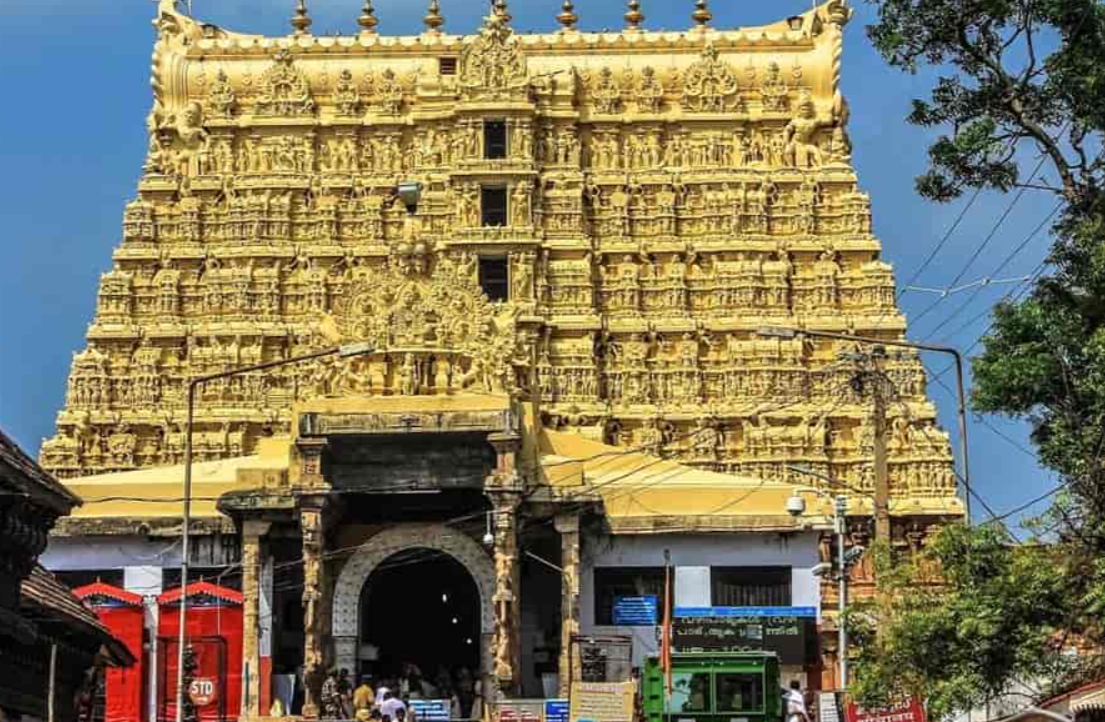A pilgrimage is more than just a journey; it’s a profound exploration of faith, patience, and enlightenment. In India, some of the toughest pilgrimages challenge devotees with arduous terrains and extreme weather conditions, testing how far one is willing to go to express their devotion. These pilgrimages offer not only spiritual blessings but also breathtaking views of nature in its purest form. From the long treks in the Himalayas to the heights of Kailash Mansarovar, these journeys blend spirituality with adventure. If you’re eager to push your limits while seeking peace and fulfillment, let’s delve into the most challenging pilgrimages, also known as “Toughest Pilgrimages Yatra in India.”
Top 10 Toughest Pilgrimages Yatra in India
1. Kailash Mansarovar Yatra
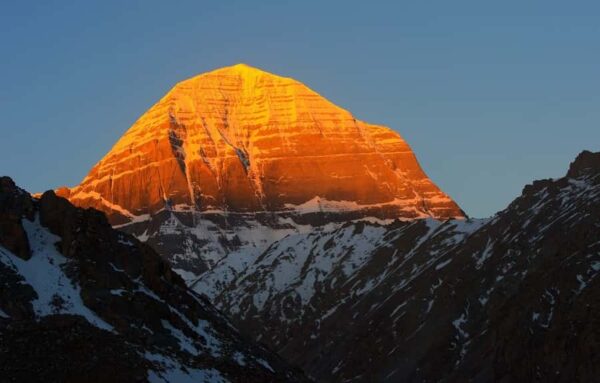
Kailash Mansarovar Yatra stands out as one of the most demanding pilgrimages globally, owing to its towering height of 6,638 meters and harsh weather conditions. The best time for this journey is between May and September, where pilgrims can choose a moderate to strenuous trek or opt for a helicopter ride for part of the journey. Despite the difficulties posed by thin air, intense cold, and rocky paths, reaching Mount Kailash and Mansarovar Lake is a spiritually uplifting experience. Revered in Hinduism, Buddhism, Jainism, and Bon religion, the area’s stunning natural beauty draws numerous religious tourists each year.
2. Amarnath Yatra
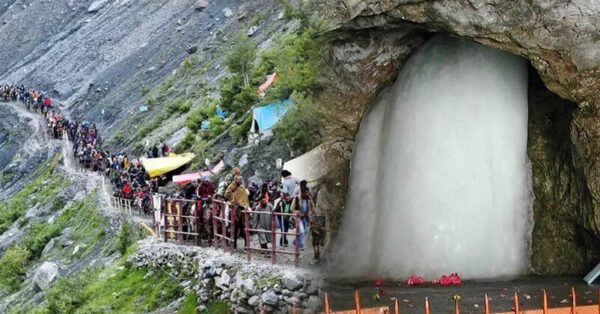
Amarnath Yatra, located in Jammu and Kashmir, is another iconic pilgrimage situated at an elevation of 3,888 meters. The highlight of this journey is the Amarnath Cave, where a natural ice Shiva Lingam is found. Best visited during July and August, the trek is steep and filled with challenges. Pilgrims must navigate cold, twisted paths and shady groves, often facing altitude sickness and physical exhaustion. Despite the tribulations, the journey is seen as a cleansing experience, washing away negative karma and rejuvenating the spirit.
3. Hemkund Sahib
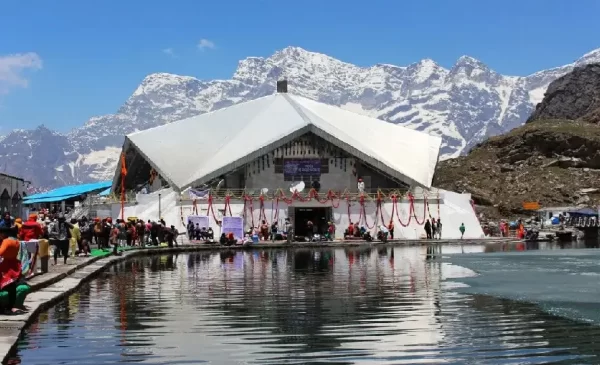
At an altitude of 4,633 meters, Hemkund Sahib is a significant Sikh pilgrimage located in Uttarakhand. The ideal time to visit is from June to October. The trek to Gurudwara Hemkund Sahib begins at Govindghat and spans approximately 9 km. Often snowbound, this path poses significant challenges to pilgrims due to high altitudes and steep inclines. The serene Lokpal Lake and the majestic views surrounding Hemkund Sahib provide both physical challenges and spiritual rewards, making the effort worthwhile.
4. Srikhand Mahadev
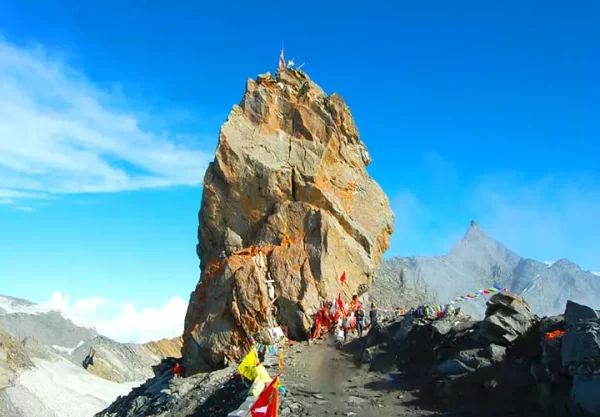
Located in Himachal Pradesh, Srikhand Mahadev sits at a daunting height of 5,227 meters, making it one of the most strenuous pilgrimages. Best undertaken in July and August, the trek is marked by steep inclines and rocky trails, with unpredictable weather adding to the challenge. Believed to be the abode of Lord Shiva, Srikhand Mahadev attracts many pilgrims, all of whom must possess significant physical stamina to complete the trek. However, the breathtaking views of the Himalayan landscape and the spiritual benefits gained from this challenging journey make it a rewarding experience.
5. Kedarnath Yatra
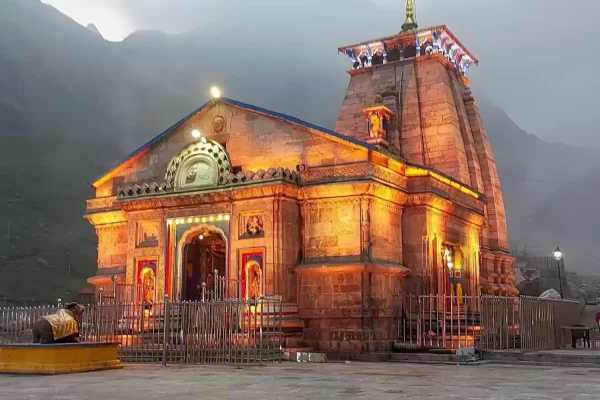
The Kedarnath Yatra takes pilgrims to the Kedarnath Temple in Uttarakhand, located at an elevation of 3,583 meters. The 14 km trek from Gaurikund, best undertaken from April to November, presents numerous challenges, including severe weather conditions, heavy rains, and high altitudes. The temple, dedicated to Lord Shiva, is a vital religious site that spiritually opens up pathways for devotees navigating the challenging terrain. The combination of the trek’s scenic beauty and its spiritual significance makes this journey unforgettable.
6. Vaishno Devi
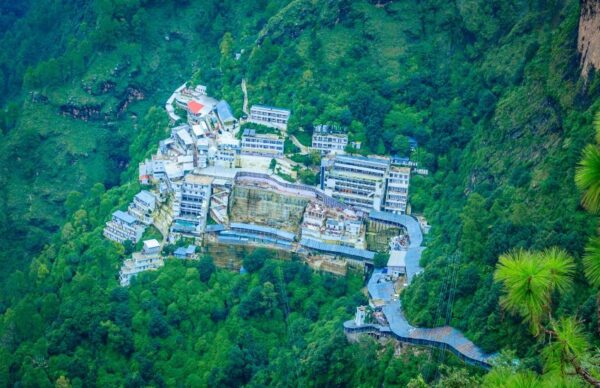
Vaishno Devi, situated at an altitude of 1,584 meters in Jammu and Kashmir, is another strenuous pilgrimage. To reach the shrine, devotees must trek for 12 kilometers. Open year-round, the most auspicious time to visit is during Navratri. The route to the Vaishno Devi Temple, nestled in the Trikuta Mountains, is often crowded and features steep ascents, testing the physical endurance of pilgrims. Despite the physical toll and the challenges of managing crowds, reaching the temple offers a deeply religious experience that many devotees find profoundly satisfying.
7. Panch Kedar
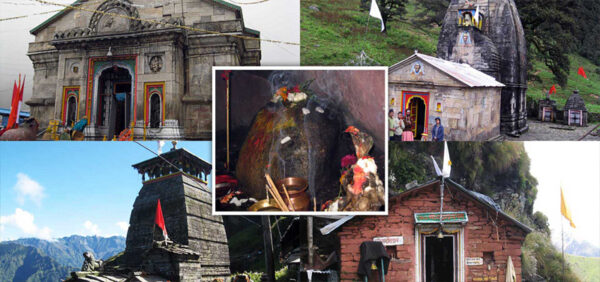
Uttarakhand’s Panch Kedar pilgrimage comprises five remote temples: Kedarnath, Tungnath, Rudranath, Madhyamaheshwar, and Kalpeshwar. The best time to undertake this journey is from May to October. Each temple trek involves navigating difficult and complex terrains at altitudes ranging from 2,200 to 3,583 meters. The physical exertion required to visit all five temples is considerable, but the spiritual essence and the breathtaking views of the Himalayan landscape make this pilgrimage a transformative experience.
8. Char Dham Yatra
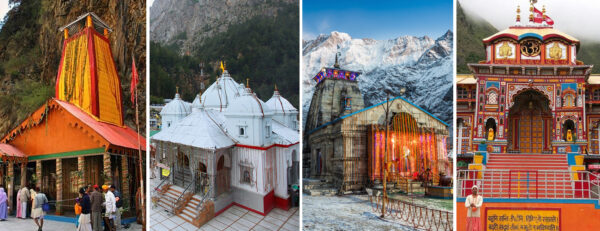
The Char Dham Yatra, also in Uttarakhand, encompasses the holy shrines of Badrinath, Kedarnath, Gangotri, and Yamunotri, situated between 3,100 and 3,583 meters above sea level. The ideal time to visit is from April to November. The journey involves steep slopes and difficult roads, demanding proper attire for extreme weather conditions. This pilgrimage not only enriches spiritual life but also offers pilgrims the chance to immerse themselves in the majestic views of the Himalayas, contributing to its popularity as a revered journey.
9. Yamunotri Yatra
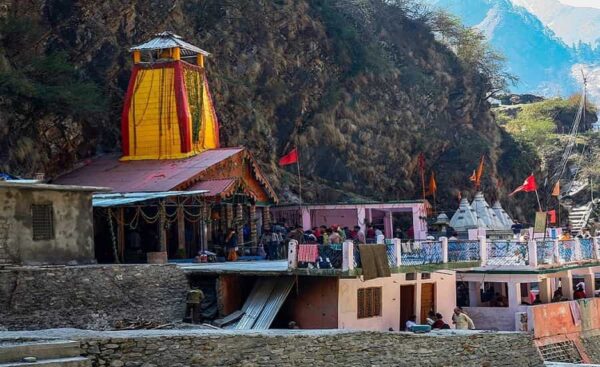
Yamunotri Yatra, located at an elevation of 3,293 meters in Uttarakhand, involves a 6 km trek from Janki Chatti. The optimal time for this pilgrimage is from May to October. Trekking to the Yamunotri Temple, dedicated to Goddess Yamuna, poses various challenges, including steep paths and river crossings. The risk of altitude sickness and the harsh cold weather can hinder devotees, but the overwhelming sense of peace and fulfillment experienced upon reaching the temple makes the journey worthwhile.
10. Tungnath
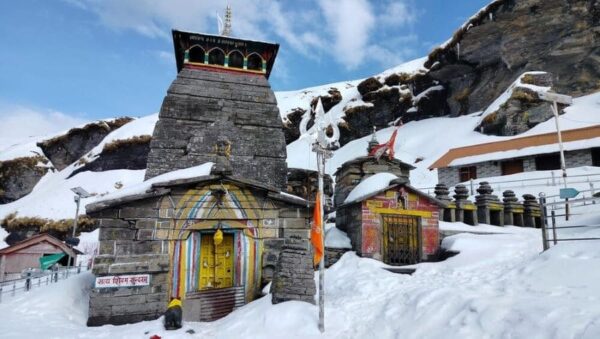
Tungnath, at a height of 3,680 meters in Uttarakhand, is the highest Shiva temple in the world. The ideal time to visit is from April to November, with a steep 4 km trek from Chopta. The high altitude makes breathing challenging, and the tough terrain requires trekkers to be in good physical condition. The holiness of the location, combined with the breathtaking scenery, adds to the significance of this demanding pilgrimage.
Conclusion
The Toughest Pilgrimages Yatra in India offers an unparalleled blend of spiritual seeking and physical challenges. Each pilgrimage presents unique experiences, whether through the soaring altitudes or the rugged landscapes. These journeys promise an unforgettable adventure, rich with spirituality and personal growth. Pilgrims who undertake these arduous paths often find themselves transformed, returning with a deep sense of contentment and fulfillment, having embraced the trials along the way.



